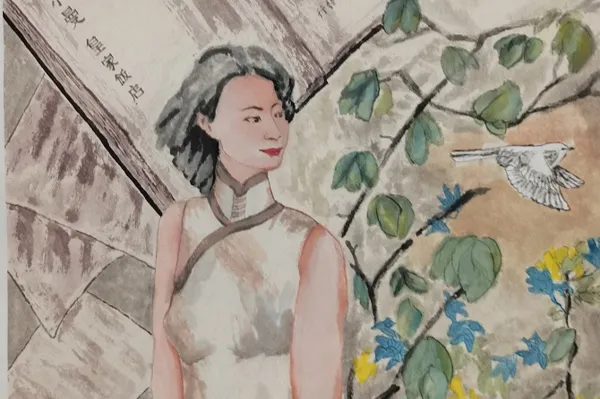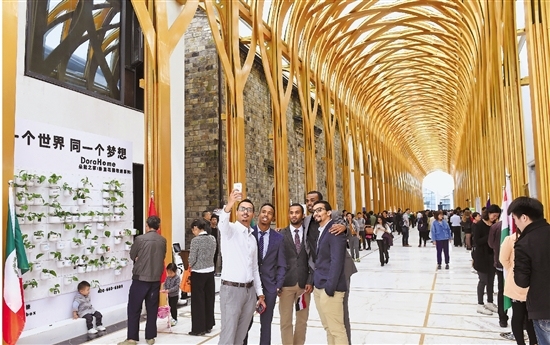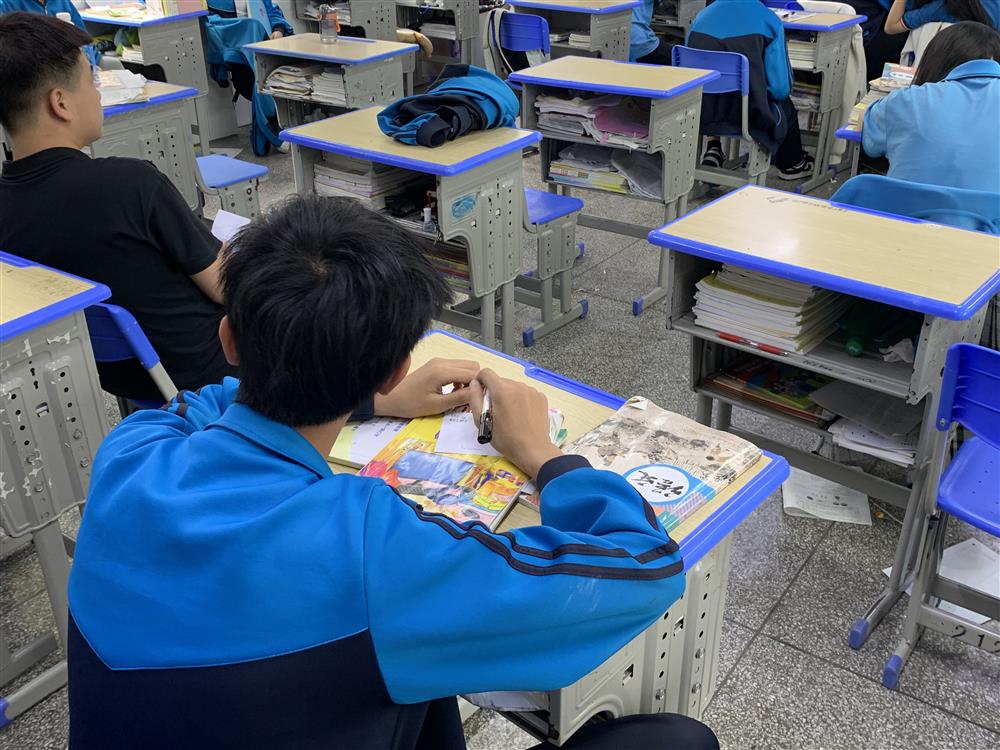Following a unique path of "painting", Lu Xiaoman appears in the eyes of his relatives
"As Lu Xiaoman's research materials continue to enrich, my understanding of Lu Xiaoman's contemporary and humanistic values has become more and more solid. Two years ago, I heard that the Shanghai Chinese Painting Academy, where Lu Xiaoman worked before his death, planned to hold a celebration of Lu Xiaoman's birthday in 2023. The 120th anniversary exhibition also prompted me to complete the creation of the painting series "Painting about Lu Xiaoman", said Ma Cheng, the creator of the special exhibition "Painting about Lu Xiaoman".
As one of the activities to commemorate the 120th anniversary of the birth of my country's new female representatives in the "post-May 4th era", the famous modern poet Xu Zhimo, and the famous painter Lu Xiaoman, "Painting on Painting" was hosted by Duoyunxuan Gallery and Huangpu District Library and created by Lu Xiaoman's relatives. A special exhibition of "Lu Xiaoman" paintings will be held at the Huangpu District Library from yesterday to October 8.
Lu Xiaoman was born in 1903 at No. 2 Chengdeli, Kongjia Lane, Huangpu District. As a modern and contemporary female cultural celebrity in Huangpu District, Lu Xiaoman has extensive influence in the history of modern and contemporary female culture in my country. As a representative new female image in the "post-May 4th era", In her passionate love affair with the famous modern poet Xu Zhimo, she overturned the traditional secular society's regulations on women's roles with her emotional life force and her courage to fight for women's rights and freedom. After the founding of the People's Republic of China, Lu Xiaoman became a counselor in the Counselor's Office of the Shanghai Municipal Government and a librarian in the Shanghai Museum of Culture and History. As a professional female painter at the Shanghai Chinese Painting Academy, she left precious ink marks in the history of Chinese painting with her outstanding artistic achievements.
"Today, Lu Xiaoman still has important contemporary, humanistic cultural connotation and social value." Chen Bo, one of the curators of this exhibition and Duo Yunxuan Gallery, believes that the set of paintings on display in the special exhibition is from A group of works with independent and different styles are formed under a theme of expression. While highlighting the theme of "Talk about Lu Xiaoman" from the perspective of contemporary and humanistic nature, it does not give up the artistic expression method of "painting subject matter" brought by traditional pen and ink. The aesthetic enjoyment comes from not transcending the basic framework of pen and ink, but innovating in inheritance.
Ma Cheng, the author of the series "Paintings about Lu Xiaoman", is a relative of Lu Xiaoman. He once wrote a critical biography of Lu Xiaoman, "The Thousand Charms of Lu Xiaoman". In this series of paintings "Painting about Lu Xiaoman" he created, the charming Lu Xiaoman is based on figuration and freehand brushwork. He presupposes a relative perspective on the depicted objects. With this unique artistic approach, he expresses his appreciation for Lu Xiaoman's female culture. Interpretation of the contemporary and humanistic significance of the image.
Ma Cheng said that before starting to create, he first started collecting Lu Xiaoman's image materials. In the 1920s and 1930s, Shanghai Pictorial and Liangyou Pictorial in Shanghai and Beiyang Pictorial in Tianjin were the media that published the most image materials for Lu Xiaoman. He also collected photos provided by other relatives, plus some from his own collection. Photos form a relatively rich database of human images. "At the same time, I went to Kongjia Lane, Yuannan District, Shanghai, where Lu Xiaoman lived during her childhood, and to Siming Village, Yan'an West Road, where she and Xu Zhimo lived in Shanghai, and did some watercolor sketches. In the text of this set of paintings , I still adhere to the style of review and biography, focusing on the contemporary and humanistic nature, and correcting some absurd fabrications and nonsense in secular evaluation based on historical facts.”
Special exhibition of the author's sketch work "Kongjia Lane, Nanshi, Shanghai"
Special exhibition of the author's sketch work "Siming Village, Yan'an West Road, Shanghai"
"Historical figures have become the subject of divergent opinions in secular society because they have entered the public space. It is a common thing in itself, but evaluation must be based on historical facts and cannot make up stories without basis. This is also the position and position that Lu Xiaoman's relatives must express. Attitude." Ma Cheng said. The title of the exhibition "Painting on Lu Xiaoman" and the album of the same name were inscribed by Ma Cheng's teacher, the late famous Shanghai-style painter Mr. Han Min.
Huangpu District Library promotes special collection of works by Lu Xiaoman and Xu Zhimo at the special exhibition site
This art exhibition also displays precious documents and materials on the works and research of Xu Zhimo and Lu Xiaoman from the Republic of China to the present, displaying and reading the cultural celebrities in Huangpu District in a more diverse way.





